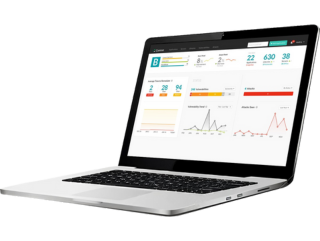Table of Contents
What is malicious code?
Malicious code is code inserted in a software system or web script intended to cause undesired effects, security breaches, or damage to a system. Taking advantage of common system vulnerabilities, malicious code examples include computer viruses, worms, Trojan horses, logic bombs, spyware, adware, and backdoor programs. Visiting infected websites or clicking on a bad email link or attachment are ways for malicious code to sneak its way into a system.
Examples of malicious code
The most common form of malicious code is the computer virus, which infects a computer by attaching itself to another program and then propagating when that program is executed. Another common form of malicious code is the worm, which makes copies of itself, spreading through connected systems and consuming resources on affected computers.
Malicious code is self-activating and takes on various forms, including Java Applets, ActiveX controls, pushed content, plug-ins, scripting languages, or other programming languages. By modifying, destroying, or stealing data, gaining or allowing unauthorized access to a system, and executing functions that a user never intended, malicious code can expose an organization’s systems, sensitive data, and valuable information assets. The ideal solution is self-protecting software that can defend itself from these kinds of vulnerabilities and malicious code attacks.








